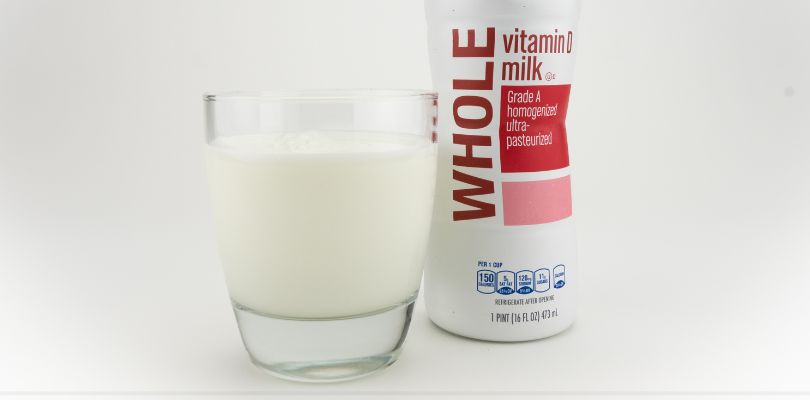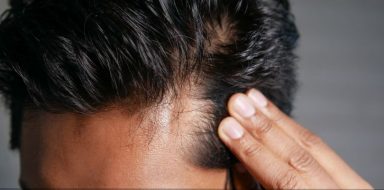Clot-Causing Culprits
Blood clots can be dangerous because they block blood flow in your body. If you have a risk of blood clots, it's important to know which drinks might make things worse. If you're suffering, consider Antihemophilic factor (AHF), a medication used to treat and prevent bleeding in people with hemophilia A, a genetic disorder where the blood doesn’t clot properly.
Worst Drinks for Blood Clots
1. Sugary Sodas
Sugary sodas are full of sugar, which can lead to weight gain. Being overweight increases the risk of blood clots. Sodas also cause inflammation, which can make it easier for clots to form.
Chest pain can be a symptom of costochondritis and fibromyalgia. We go over the differences between the two as well as ideas for pain relief.
2. Energy Drinks
Energy drinks contain caffeine and sugar. These drinks can increase your heart rate and blood pressure, which may lead to blood clots. Too much caffeine also makes the blood thicker, raising the risk of clotting.
3. Alcohol
Drinking too much alcohol can make your blood more likely to clot. It can also make your blood vessels less flexible, making it harder for blood to flow. Limiting alcohol can help reduce the risk of clots.
4. Sweetened Tea and Coffee
When tea or coffee is loaded with sugar, it can lead to high blood sugar levels. This can cause inflammation and increase the chance of clots. It’s better to drink unsweetened versions of these drinks.
5. Whole Milk
Whole milk is high in saturated fats, which can raise cholesterol levels. High cholesterol can lead to the buildup of fatty deposits in your arteries, increasing the risk of blood clots.
Treatments for Blood Clots
If you are at risk for blood clots, here are some common treatments:
- Blood thinners: These medications, like aspirin or warfarin, help prevent blood clots by making it harder for the blood to clot. Always follow your doctor’s instructions when taking these medications.
- Healthy diet: Eating a diet rich in fruits, vegetables and whole grains can help keep your blood vessels healthy and reduce clotting risks. Foods with omega-3 fatty acids, like salmon, also support better blood flow.
- Staying active: Regular exercise can improve blood circulation and lower the risk of blood clots. Even simple activities like walking can make a big difference.
- Compression stockings: These can help improve blood flow in your legs, especially if you're sitting for long periods, like during travel or work.
Antihemophilic factor (AHF)
Antihemophilic factor (AHF) is a medication used to treat and prevent bleeding in people with hemophilia A, a genetic disorder where the blood doesn’t clot properly due to a lack of factor VIII, a protein needed for blood clotting. AHF injection works by replacing the missing or low levels of factor VIII in the blood, helping it to clot better and prevent excessive bleeding.
AHF injections are commonly used to control bleeding episodes, prevent bleeding during surgery, or reduce the frequency of bleeding in people with severe hemophilia A. It is often given by infusion into a vein and is typically prescribed by a healthcare provider.
Trouble in a Glass
By avoiding these drinks and following the right treatments, you can lower your risk of blood clots and keep your blood flowing smoothly. Always consult with your doctor for the best plan for your health.
Read on to learn about the worst drinks for sickle cell disease.







